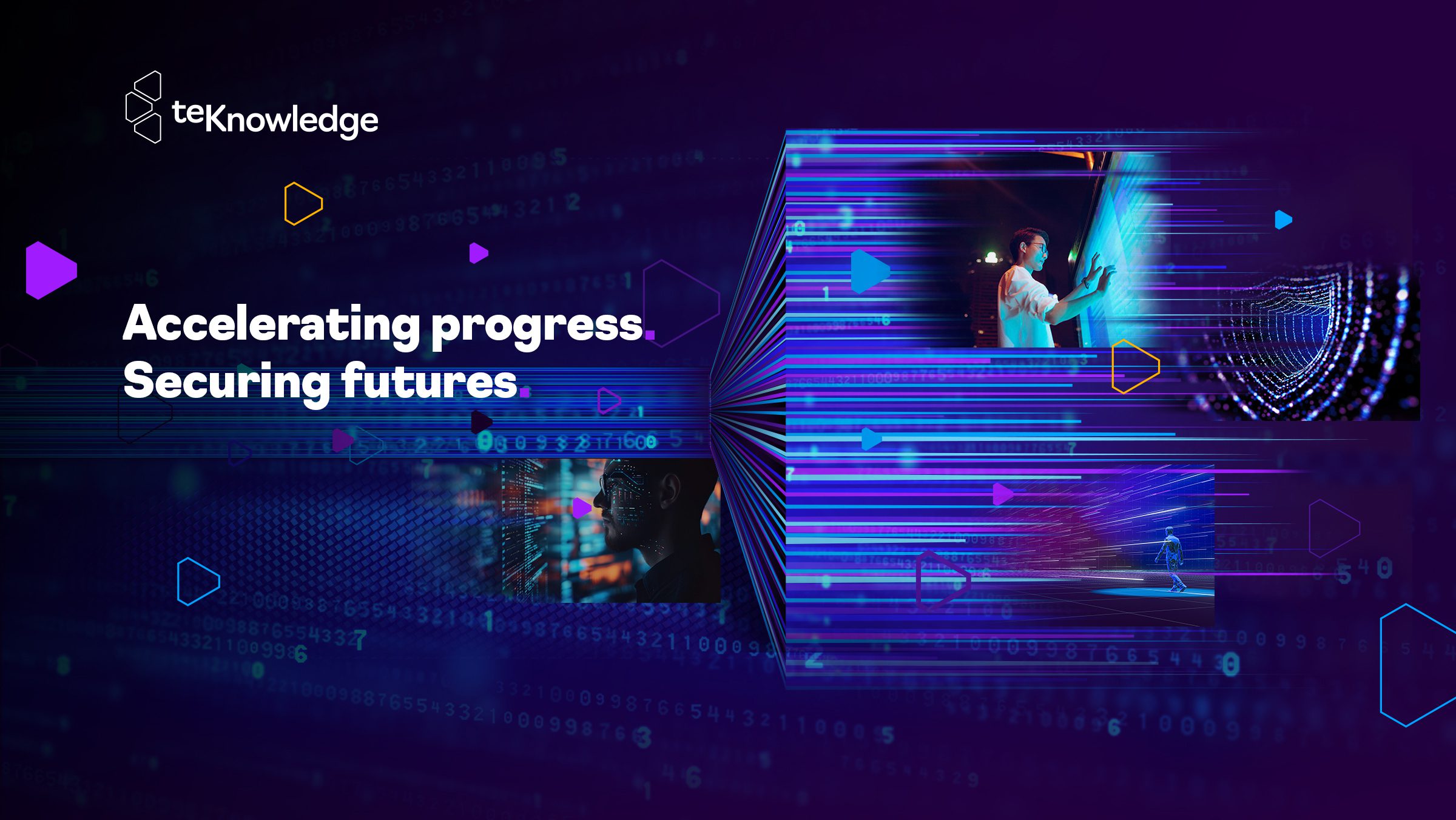Across industries, digital transformation is no longer looming on the horizon – it has arrived with full force. Propelled by emerging technologies like artificial intelligence, the roof has been blown open for massive and rapid disruptions. What does this mean? In short, the competitive landscape that enterprises have known for decades is fundamentally shifting. Leading companies are raising the bar with unprecedented speed and scale of digital dexterity, even amid market uncertainty.
Take AI, for example. Advances in natural language processing now enable intelligent assistants to handle customer service calls quickly. Supply chains are being optimized by algorithms that foresee issues and rapidly adapt. AI systems that understand individual customer needs and preferences have taken personalization to new levels. The examples go on and on, foreshadowing immense opportunity on the horizon.
Of course, digital change brings risks as well. Industries face new competitors and substitute products seemingly overnight. Companies must find a way to stand still amidst such turbulent seas or avoid falling behind or losing relevance altogether. Business leaders must guide their organizations through rocky transformation, and the time to start is now.
Nurturing Success: The Unrivaled Advantage of Organizational Agility
What sets leading enterprises apart is not necessarily the early adoption of technology but rather their agility, plasticity, and willingness to change. Competitive businesses today have traded rigid structures for responsive systems and processes. They favor experimentation through minimum viable products over extensive planning cycles. And they accept that missteps are part of progress rather than colossal failures.
This agile mindset must start from the top down. As leaders drive cultural change, they empower employees to deliver customer value faster without excessive bureaucracy. They also invest in change management and training to keep workers prepared and engaged amid shifting strategies. Organizations can capitalize on emerging opportunities with more resilient and empowered teams.
Hyper Digitization Must Occur at the Core
Of course, structural changes mean little without the transformation of underlying systems. Siloed, legacy IT infrastructure will only hold companies back. To enable agility, business systems must be upgraded through migration to the cloud via public, private, hybrid, or multi-cloud deployment models, API-enabled architectures, and edge computing. More modular and connected systems allow data to flow securely across the enterprise.
Just as crucial, analytics and AI should be tightly integrated across operations. With trusted data insights, organizations can detect microchanges in end markets and supply networks. By distributing cutting-edge intelligence to employees, automated decision-making also becomes possible. Investing to modernize core IT infrastructure pays continuous dividends through greater resilience and responsiveness over time.
How can companies ensure that their employees are prepared for a digital transformation?
As companies modernize systems and processes, workers must keep pace. Employees at all levels require digital upskilling and reskilling to thrive in more data-driven roles. Technical skills like data analysis, coding, and augmentation design will become mandatory across functions. Just as important will be cultivating creative and soft skills to complement AI rather than compete with it.
Forward-looking learning and development programs will make workforce adaptation sustainable. Retraining initiatives should balance classroom and on-the-job methods for versatility. Educational assistance policies also help retain talent despite market churn. With a renewed focus on people, businesses can transform their digital capabilities from the inside out.
Partnerships & Ecosystems Open New Doors
Beyond internal changes, digital dexterity increasingly stems from external ecosystems. In the hyper-digital economy, only some enterprises possess all the capabilities needed to keep pace. Strategic outsourcing partnerships and platform networks provide access to specialized talent, emerging technology, and data pools.
For example, regulated industries like banking and healthcare benefit immensely from open innovation programs. Rather than build new competencies alone, they collaborate with startups and academia to prototype and validate new ideas faster. Partnerships across sectors also spur innovation as diverse perspectives converge. By embracing modern partnerships, companies can amplify their digital strengths exponentially.
Customers Demand Experiences, Not Products
As digital natives represent a larger share of customers worldwide, understanding their desires and behavior is crucial. Younger demographics expect seamless omni-channel experiences that reflect their preferences and values. With limitless choice, consumers flock to brands that prioritize convenience, personalization, and purpose.
To continually engage and delight these digital customers, leaders should embed customer listening and co-creation across the enterprise. Product designers can tap into user communities to refine offerings rapidly. Marketing teams can leverage analytics to optimize hyper-targeted and timed interactions across channels. With customers directing transformation, businesses can ensure relevance as markets change.
Charting a Course Through the Storm
To say we live in transformative times is an understatement. Digital change brings enormous opportunity but also turbulence for enterprises across sectors. With technology as the driving force, acceleration will only continue. Like skillful sailors, however, visionary leaders can guide their organizations through the storm. By championing agile cultures, modernizing IT backbones, reskilling workforces, forging partnerships, and engaging customers, companies can build resilience to navigate the waters ahead. Of course, the journey requires active stewardship. Leaders must be prepared to drive transformation themselves or risk drifting off course. With concerted effort, however, enterprises can stay the pace today and build digital dexterity to excel tomorrow.
Contact our experts today to discuss how your organization can accelerate digital transformation and future-proof success.




